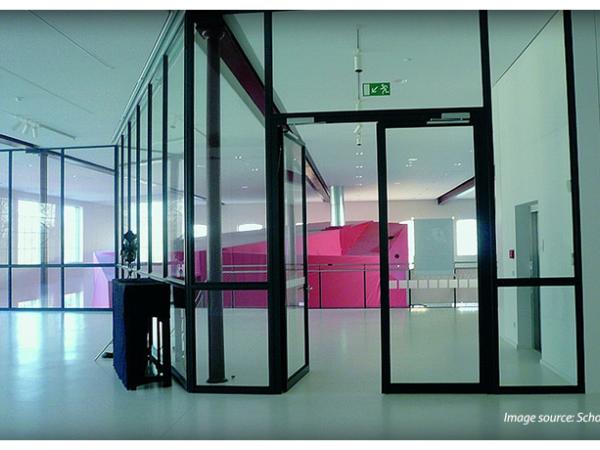
Date: 19 February 2016
At some time in the past, it is almost certain that you will have seen a drinking glass or similar vessel develop a crack purely due to contact with water that was a little too hot.That there could be products that are able to come into direct contact with a nake flame and not shatter is, therefore, that much more surprising.
Used to create a passive protection system that is intended to prevent the spread of smoke and flames between adjacent rooms or sections of a building, opaque doors would once have provided the sole line of defence. While these are, generally, sufficiently effective to provide a respite during which the occupants of a building can evacuate it safely, they offer little in the way of aesthetic appeal and also tend to restrict natural illumination, making it necessary to depend too much upon costly artificial lighting.
Providing the interior of a building with far greater visual appeal, while also helping to create a more open, well-lit environment, the use of fire-resistant glass for the manufacture of protective doors and partitions is steadily gaining preference over the outmoded and markedly less effective use of wood. Its use offers staff members a practical alternative to working in a claustrophobic, walled office and enduring the disturbances common in an open-plan environment. Instead, installing these specially glazed partitions and doors can mean that, in addition to the all-round visibility and built-in fire-protection, employees are also able to enjoy some peace and quiet when they may most need it.
Among the products that are now widely used for this purpose in South Africa is PYRANOVA®. Manufactured by the German industry leader Schott, it is the product of more than 130 years of research and development. Its fire-resistant properties are achieved by sandwiching several thin layers of plate glass together, separated by other layers of a transparent insulating material that has the effect of swelling when exposed to flames. The resulting laminated panes are able to reflect heat from either of their surfaces and are thus the perfect choice with which to line a building’s emergency escape routes, and from which to construct offices with walls that also resist the passage of smoke and flames.
The safety of a company’s personnel, as well as that of their clients, their suppliers and of any other individuals who may have cause to visit its premises, needs to be afforded the highest priority. The products described above meet with the requirements for the fire-resistant glass used in all Energy Institute (EI) area classes from EI 15 (areas used for the storage of inflammable liquids) to EI 120 (which is used in rating the performance of aluminium windows and doors).
While the benefits of a move to this type of protection are clear enough, making sure that the choice you make is the most appropriate for your environment is vital. In South Africa, for expert advice, and tried-and-tested, quality products, there’s only one choice – Labotec Industrial Technologies.
 600450
600450


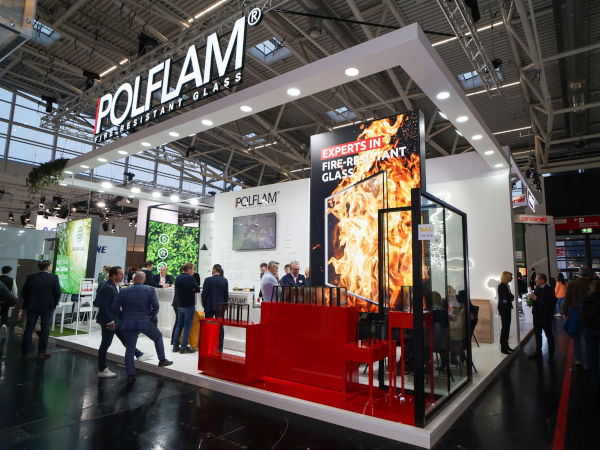

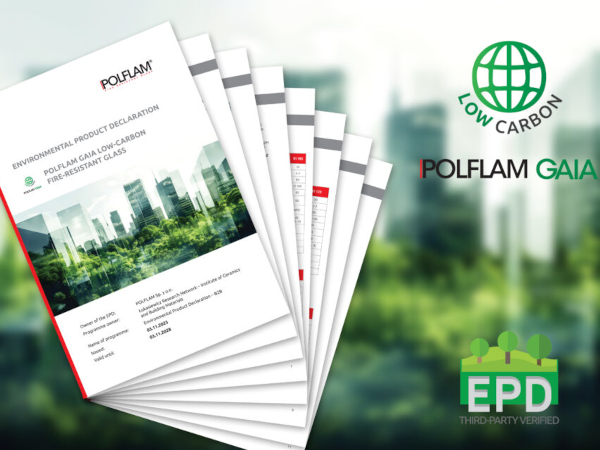
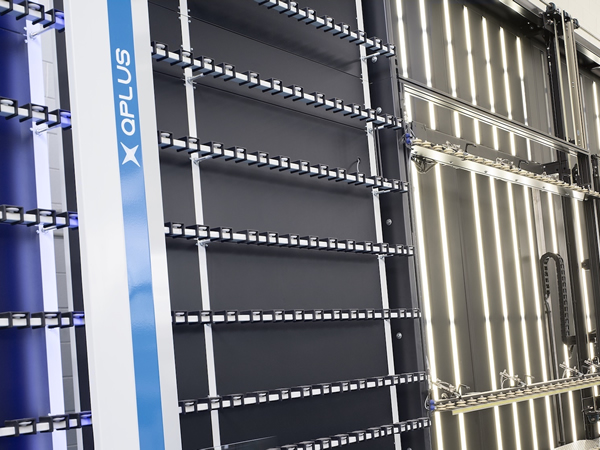




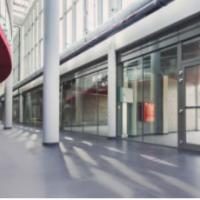
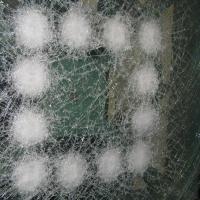
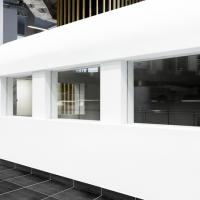
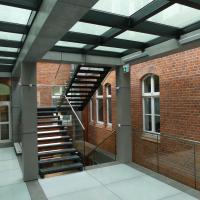

Add new comment